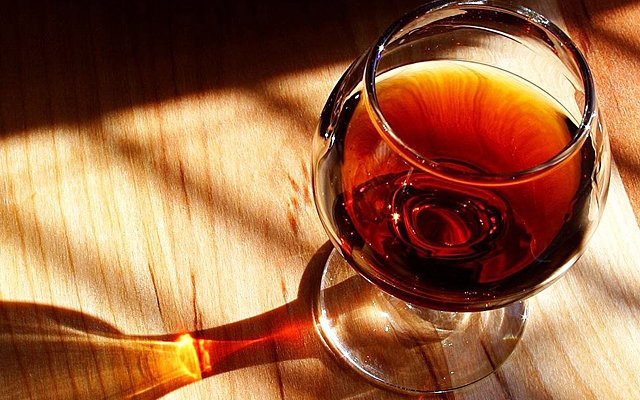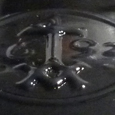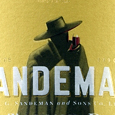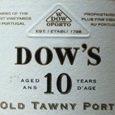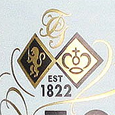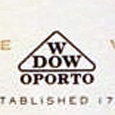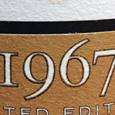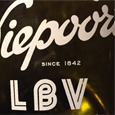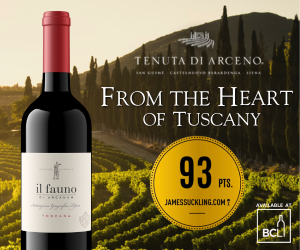Though we happily drink Port wine year round, Port and winter make a perfect match.
It's chilly and dark outside, so seek comfort and warmth from the inside. Warming, rich and complexed, Port is an ideal wine for taking by the fireplace, preferably with roasted nuts or stronger cheeses. Or use one of the less-evolved ports, like Ruby, Pink, or White, in cocktails or spritzes with soda or tonic while you prepare dinner, or over canapés with friends. These wines are ones for sharing.
Port is the most famous, and widely consumed of the fortified wine category (which includes Sherry, Madeira and the like). As the name suggests, these are wines that have been strengthened, or fortified, alcoholically, with the addition of spirit. Most fortified wines hover between 15-19 percent alcohol. Historically, the spirit would help preserve the wines from spoilage on long voyages, and contribute to the wine’s longevity and ageworthiness.
From Portugal’s steep and stately Douro Valley, Port is fortified with spirit while the wine is still fermenting and sugar-rich, locking the sweetness into the final wine. The sweetness varies with the style of Port, though they all carry some residual sugar. Over 100 grapes are sanctioned for Port production, though only the big five are widely cultivated and used: touriga nacional, touriga franca, tinta roriz, tinta barroca and tinta cão. For the rarer White Ports, there are six grapes permitted: donzelinho branco, esgana-cão, folgasão, gouveio, malvasia fina, rabigato and viosinho. Like Sherry, the exposure to oxygen, or lack thereof, styles the final wine. Tawny Ports are aged in cask, allowing for the slow exchange of oxygen and nutty, oxidative transformation of the wine into a golden brown, tawny hue. Bottle aged Ports, like Ruby and Vintage, spend two years in cask before being sealed up in bottle, so maturation is slower and the wine remains violet-hued, potent and fiery for longer. Ruby Ports are ready to be enjoyed upon opening, while Vintage Ports can last and improve in the bottle for decades. Late Bottle Vintage, as the name indicates, are from a single year, like Vintage Ports, but they're bottled later, spending 4-6 years in cask so when you open them in a restaurant or your home, the oxidative / wood aging has been completed for you. These wines are ready to drink now.
If you have a Port lover in your life, consider the seminars and dinners at next February's Vancouver Intenational Wine Festival, where Portugal is a shared theme region. There are numerous tasting options for novice up to Port experts, and of course the opportunity to taste exceptional Port Wines of all styles on the Tasting Room floor. Anthony will be hosting a very special seminar with David Guimaraens, head winemaker of iconic port houses Taylor Fladgate and Fonseca, and through a spectacular line up of vintage ports from the two houses side by side, vintage by vintage.
Here are our Top 10 Port Wines for the Holidays, to cover all basis, styles, and budgets, and keep you pleasantly warm this winter season.

 quicksearch
quicksearch

